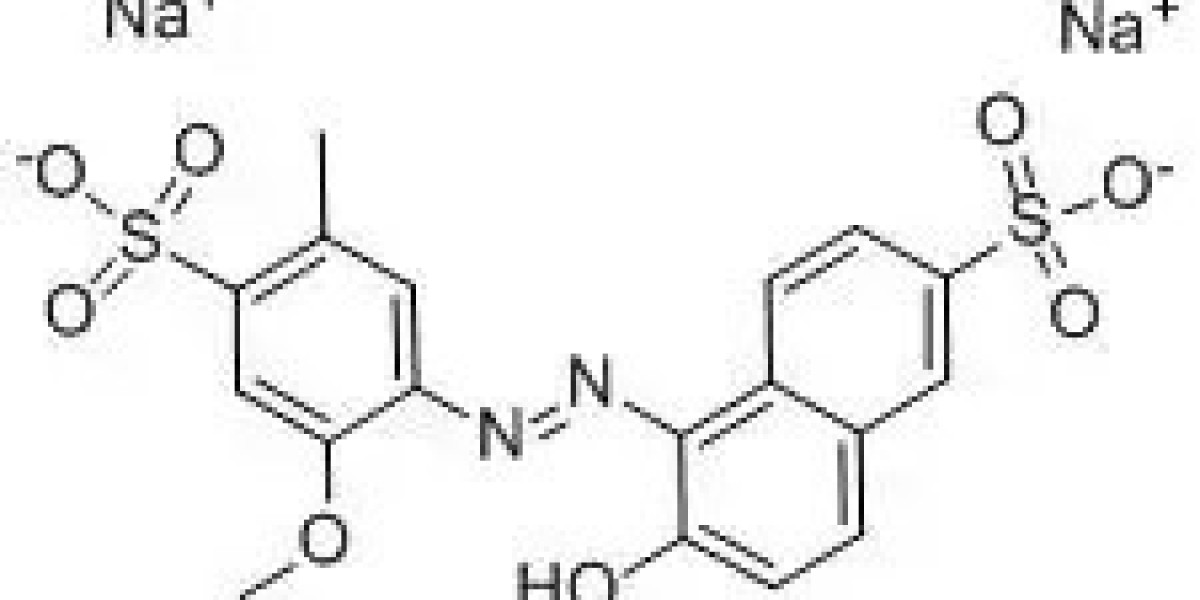Allura Red AC (E129) is an azo dye that widely used in drinks, juices, bakery, meat, and sweets products. High consumption of Allura Red has claimed an adverse effects of human health including allergies, food intolerance, cancer, multiple sclerosis, attention deficit hyperactivity disorder, brain damage, nausea, cardiac disease and asthma due to the reaction of aromatic azo compounds (R = R = aromatic). Several countries have banned and strictly controlled the uses of Allura Red in food and beverage products. This review paper is critically summarized on the available analytical and advanced methods for determination of Allura Red and also concisely discussed on the acceptable daily intake, toxicology and extraction methods.
Introduction
The additives used in food processing may be divided in two groups: (i) naturally occurring compounds or additives isolated from natural sources and (ii) synthetic chemicals that are widely applied in foods industry from many years ago. Natural color additives contain lower tinctorial strength as compared to synthetic colors because of more sensitive to light, temperature, oxygen, pH, color uniformity, low microbiological contamination, and relatively low production costs. Coloring used in food industry to improve the food appearance, flavor, taste, color, texture, nutritive value and conservation. Hence, synthetic food dyes stand out as one of the essential additive class for food industry in the conquest of markets.
Synthetic dyes are classified into azo dyes, triphenylmethane dyes, xanthene dyes, indigotine dyes, and quinoline dyes. Azo dyes contain azo group (-N = N-) as the chromophore in the molecular structure, which is largest group of color accounting more than half of global dyes production. One of the mostly used synthetic dyes in food industry is Allura Red, which could be found in many commercial foodstuffs, for example soft drinks, candies, ice cream and bakery products. Allura Red is an electrochemically active with irreversible reaction. Previously, several researches have been reported regarding Allura Red toxicity and carcinogenic effects. Allura Red has potential behavioral effects on humans and animals; especially increase hyperactivity in children. Moreover, some studies have showed the presence of aromatic amine or amide functionalities in the chemical structures of the degradation products of Allura Red. Allura Red has absorbed to gastrointestinal and entered the bloodstream to associates with proteins during its transport and metabolism process. The excess usages of Allura Red in food and beverage products must be controlled.







